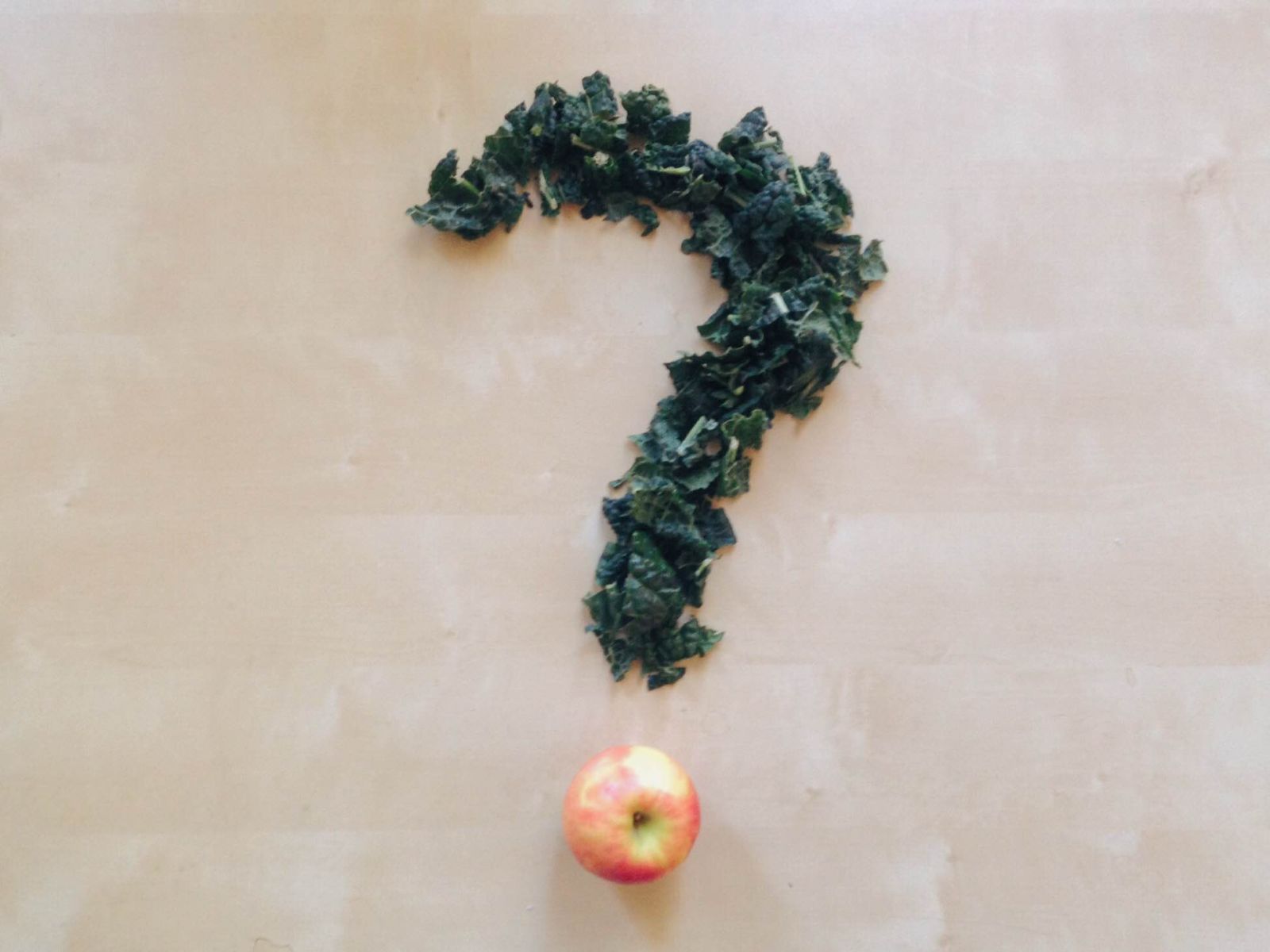10 Diet Commandments for Better Diabetes Management
By Adam Brown
.png) by Adam Brown
by Adam Brown
Twitter Summary: The ten diet commandments I follow for eating w/ #diabetes + how to write your own & overcome obstacles
A colorful, downloadable PDF of this article can be found here (convenient for printing!)
The question – “What diet should I follow?” – has perhaps never been more confusing, more controversial, or more stressful. There are more diets, diet books, diet opinions, and news headlines than ever before. In reality, no single “diet” trumps them all, especially for people with diabetes – all approaches have their pros and cons, whether you’re talking about health effects (e.g., blood sugar, blood pressure, cholesterol), cost, convenience, or taste. So instead of a “diet,” I prefer to think about eating in terms of general strategies, or what this article is calling my “commandments.”
After experimenting with many different eating approaches over the years, I’ve homed in on ten eating commandments that I strive to follow every day – these strategies seem to keep my blood sugars in range, give me plenty of energy, are transportable to different eating environments, are relatively convenient, and fit within my budget. Of course, eating preferences are highly personal (especially in diabetes), and my own principles may not apply for everyone.
If you find this article useful, check out my book, Bright Spots & Landmines!
A Starting Point: Brainstorming Your Eating Commandments
1. When you see your best blood sugars (ideally 80-140 mg/dl) 90 minutes after a meal, what did you eat? How did you eat? When and where did you eat? How did you manage your diabetes around these times?
2. When you see higher blood sugars (over 200 mg/dl) 90 minutes after a meal, what did you eat? How did you eat? When and where did you eat? How did you manage your diabetes around these times?
As you look at your answers, can you pull out some themes? Can you write some rules or guidelines for making better mealtime choices?

The Ten Diet Commandments I Strive to Follow Every Day
1. Try to limit carbohydrates to no more than 30 grams in one sitting.
(Note: I know this is controversial in the nutrition and diabetes communities, that research is conflicting on this topic, and this approach may not be realistic for everyone. But for managing my own blood sugar, I’ve found this to be a complete and total gamechanger.)
2. Eat more vegetables.
3. Choose whole foods as often as possible; less than five ingredients is ideal, and more than ten ingredients is a red flag.
4. Cook my own food.
5. Avoid sugar, white bread/potatoes/rice/pasta, crackers, chips, candy, and anything fried.
6. Snack on nuts, seeds, vegetables, fruits, and lean sources of protein.
7. Drink water or unsweetened tea.
8. Eat a filling breakfast (protein, fiber) and ideally nothing within 90 minutes of bedtime.
9. Eat fruit for dessert, when desired.
10. Check my blood sugar 90-120 minutes after eating or wear CGM or Flash Glucose Monitoring if possible financially.
This list is a lot to tackle in our modern food environment, and a “perfect” day where I follow all ten strategies takes work! But when I do follow my commandments – even just some of them – I see better post-meal blood sugars (they are very rarely over 160 mg/dl) and less risk of hypoglycemia.
Everyday Challenges and How to Overcome Them
I’ve also found it critical to understand why I fall short. Here are my five biggest obstacles, as well as some of the ways I try to overcome them. You may find it helpful to make a similar table for your own obstacles.
Key Obstacle |
Tactics |
|
1. Eating out |
- Choosing salads or chicken/fish with a side of vegetables |
|
2. Resisting bad food choices when they are readily accessible |
- Keeping junk food out of the house |
|
3. Avoiding boredom or feelings of restriction. |
- Using cookbooks, recipe websites, or food blogs to find tasty, healthy food options that fit with my commandments |
|
4. Time investment |
- Making healthy eating a major priority alongside all the other time demands in my life |
|
5. Making Exceptions |
Setting ground rules for my exceptions ahead of time – otherwise, it’s easy to fall into the trap, “Just this one time.” For example: |
Concluding Thoughts
One tough thing about eating is that very small errors in judgment, repeated consistently, add up to big health risks over time. It can be hard to see these in the moment, and often, we don’t even realize that we’re making a bad choice. Add to that an ever confusing nutritional landscape, crazy fad diets, and unrealistic expectations, and it’s pretty stressful out there! I’ve found that making my own list of commandments is like my secret playbook – I just look at it and know what to do in many cases. The result has been more predictable blood sugars in the short-run and better health (hopefully!) in the long run. I hope you can develop a list that works for you – let me know how it goes by email or on Twitter.
A follow-up to this article will discuss the foods I typically eat at each meal, stay tuned!







